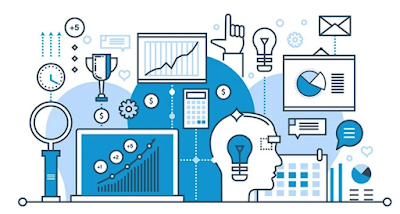As your business grows, you may find yourself needing to educate customers on how to use your product or service in order to continue getting the best value out of it. However, depending on your company’s size and industry, you might be unsure of how to create an effective customer education program that doesn’t require you to spend valuable time and money on support calls. This guide will walk you through everything you need to know about building out a customer education program that works for both your customers and your bottom line.
Define Your Customer
To ensure you have a great customer education program, it’s important to define who your customer is. Do you support large enterprises or small businesses? Are your customers in North America or Europe? What do they use your product for? When does your customer want help—for example, only when they need new features, or every month on an ongoing basis as part of their subscription fee? Finally, remember that not all people using your product are potential customers.
Define Your Goals
Building out an education program for your customers isn’t a one-size-fits-all task. You have many options at your disposal, and you should figure out what works best for your business. If you sell SaaS products, you might want to focus on creating content designed to help your users get started with your product; if you provide consulting services, you might want to focus on creating content that educates your customers about different aspects of their industry.
Pick the Right Tools
Choosing customer success tools doesn’t have to be a chore. Look for tools that are easy to use, and as long as you can integrate them into your existing customer-management system, there’s no reason not to go with something that has proven popular and user-friendly. Make sure you select several customer education materials and make them readily available on your website—your company won’t scale if you don’t help your customers succeed.
Set up Best Practices
Define your target customer, understand their pain points, and get clear on how you can solve those issues. From there, you should think about how they’ll learn about your product and how they’ll use it; designing an onboarding program is a great way to ensure that customers get off on the right foot with your product and are using it effectively. This is where you set up best practices—whether through training or coaching—and figure out what resources or materials customers will need to succeed (e.g., welcome emails, cheat sheets). Once those tactics are in place, then define how customers will track their progress—which will help them see results and build confidence in your solution over time.
